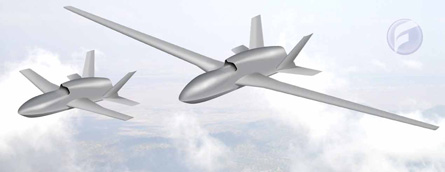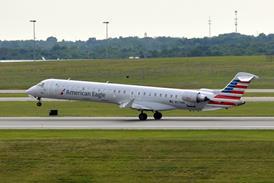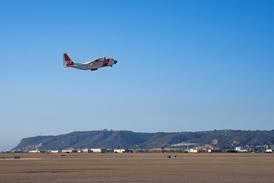EADS says that the configuration of its Advanced unmanned air vehicle is still to be frozen, with air vehicles more closely aligned with the former Barracuda demonstrator again being looked at as part of ongoing risk-reduction studies.
Dr Peter Becher, vice-president autonomous airborne systems for EADS Defence & Security, says that the air vehicle concept remains focused on a modular two-engine airframe, but with actual mission requirements of the three partner nations to determine configuration trade-offs.
Germany and France signed government-to-government co-operation agreements in June to support the risk-reduction effort, with Spain officially joining in July.
The Advanced UAV concept is based on a family of air vehicles that use a common fuselage, but different wing and mission payload kits, to allow the type to perform either high-speed, low-altitude penetrating reconnaissance or strategic surveillance roles.
EADS unveiled two models of twin-engine modular configurations last May, but is now circulating images of a broad wing version of its original Barracuda demonstrator from which the original concept of Advanced UAV developed.
 |
|---|
© EADS/Tim Bicheno-Brown |
Becher says: "The configuration is not frozen yet it is really under discussion. What can be said is that we have modularity with respect to the airframe, so one of these airframes will be medium-altitude long-endurance with a broad wing the other configuration will be for tactical reconnaissance, fast flying, with short wings. We will definitely have two engines. The empennage is not yet decided."
The MALE version would incorporate a satellite communications system, but EADS is now looking at the potential for the type to incorporate a new-generation conformal antenna array on the upper fuselage. This would replace the distinctive humped nose radome that characterises most endurance UAVs carrying a mechanically steered satellite communications tracking antenna.
"We would like to go to a structure which doesn't have the blister for a parabolic antenna, but which is a structurally integrated antenna," Becher says. The common modular payload bay proposed for both versions would be capable of carrying "sensors and effecters", he adds.
EADS also plans to pursue a high-level network-centric approach to the aircraft types: "We would really try and integrate this vehicle into the command and control structure," Becher says.
Source: Flight International























